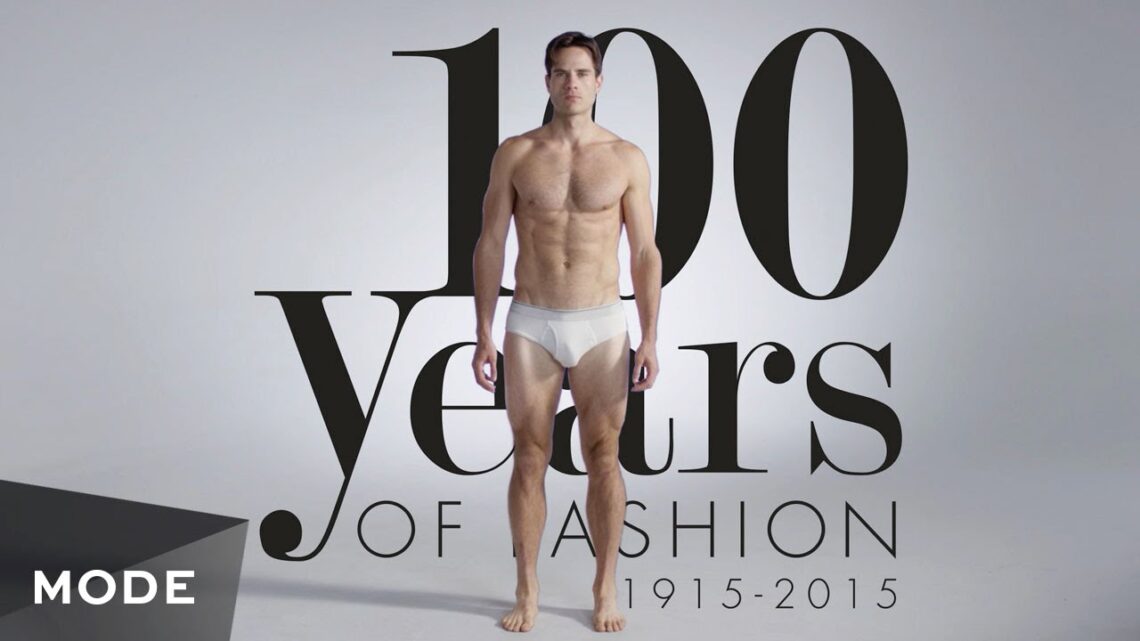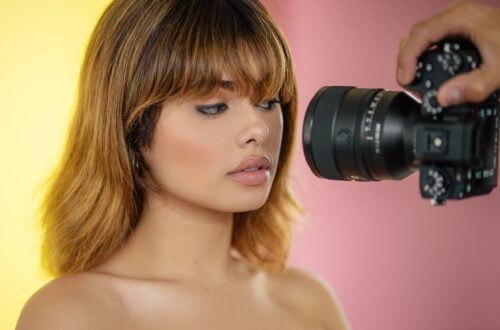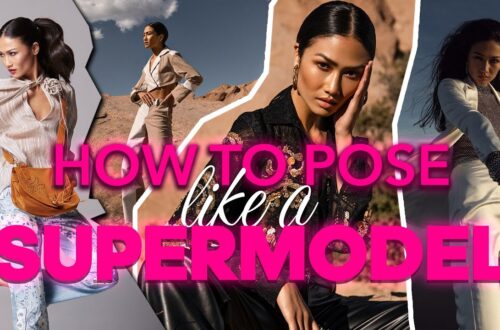Fashion Photography has evolved into a sophisticated form of art. Its influence grew with the popularity of Vogue and Harper’s Bazaar.
Photographers like Irving Penn, Helmut Newton and Louise Dahl-Wolfe pushed the boundaries of what is considered appropriate for fashion photography. Their work reflected a broader social and cultural revolution.
1900s
In the 1900s, Edward Steichen’s soft-focus images of dresses made by Paul Poiret were published in the magazine Art et Decoration and are widely considered the first modern fashion photographs. At the time, distinctions between high fashion and portraiture were blurred, so a celebrity like actress Sarah Bernhardt or socialite Gertrude Vanderbilt Whitney would model a new dress just as Vogue’s Louise Dahl-Wolfe used her friend Lauren Bacall to do in the 1950s.
The advent of World War II forced a change in focus. Fashion magazines stressed women’s role in the war effort and reverted to tailored, plain clothing more appropriate for a world plagued by daily reports of death and destruction. But, even during this period, photographers such as Irving Penn and Erwin Blumenfeld influenced fashion photography with their emphasis on simplification and abstraction, such as in Blumenfeld’s black and white cover of Jean Patchett in 1950.
1920s
In the 1920s fashion photography established a symbiotic relationship with celebrity portraiture. Aristocratic women and socialites like the Countess di Castiglione Virginia Oldoni became models for photographers, who used her as an example to draw public attention to new designer clothing lines.
The 1920s also saw the introduction of color photography in fashion magazines. Photographer Baron Adolf de Meyer introduced it to Vogue, which battled with its rival Harper’s Bazaar for readers’ attention.
The era’s most influential fashion photographs were those by Helmut Newton, who used his images to illustrate the porosity of the gender frontier and address taboo themes such as sado-masochism and fetishism. Meanwhile, American photographers Richard Avedon and Irving Penn brought their own distinctive styles to the work of fashion photography. They both combined a technical virtuosity with an ability to interpret and elevate the latest clothing designs from Paris.
1930s
Fashion photography has always reflected society. Its roots are in Victorian society portraiture, where debutantes and stage and screen celebrities posed in their finery for photographers to record their beauty and elegance.
In the 1930s, a number of innovations made a significant impact on the genre. First, the arrival of Kodachrome allowed photographers to experiment with color. Erwin Blumenfeld used solarization, overprinting, combinations of negative and positive images, and sandwiching of color transparencies to produce startling results.
Martin Munkacsi’s introduction of out-of-door realism was another important development. His blurred images evoked the spontaneity of amateur snapshots and challenged Steichen’s posed and static approach. Women’s strength and independence also came into play, with photographers such as Helmut Newton and Chris von Wangenheim focusing on hypersexuality and even violence. Women were depicted as aloof sex goddesses or domineering aggressors.
1940s
Fashion photography often evokes ideas of beauty and femininity. But it also documents the attitudes, conventions, and aspirations of its subjects. For example, in the 1940s, Man Ray used fashion photography as a way of supporting his “serious” painting and experimented with elongations and double exposures.
At the outbreak of World War II, Vogue’s house photographers and its art director Alexey Brodovitch sought to banish the stodgy black-and-white society portraits that dominated the era and promote their vision of the modern, liberated woman.
Photographers like Louise Dahl-Wolfe used the new Kodachrome color technology to create striking images of American fashion. Experimentation and technical virtuosity continued with the work of Erwin Blumenfeld, who used solarization, overprinting, combinations of negative and positive transparencies, and sandwiching of color transparencies to achieve stunning effects. The resulting images blurred the line between fashion and modern art.
1950s
The postwar era saw New York replace Paris as the center of fashion. This gave rise to a new generation of photographers who took fashion in more experimental directions. Fashion was no longer just about glamour; it also became about social activism.
Photographers like Helmut Newton explored the boundaries of socially acceptable images by using risqué fabrics and striking a more rebellious attitude. They embraced a gritty urban style that ignored some of the time-honored rules of fashion photography.
One of Brodovitch’s early students, Richard Avedon, was another major force in fashion photography. His dynamic images showcased the power of the female form. Unlike the static models of the past, Avedon’s portraits engaged with themes of emotion and sex. His images of model Carol Shields illustrated a reversal in the way women were presented to the camera.
1960s
In the 1960s, the emergence of new technologies and the hippie movement shaped fashion imagery. Photographers like Man Ray and Edward Steichen embraced the merging of aesthetics to create images with a strong artistic identity, while the works of photographers like Tim Walker displayed a whimsical technicolour England inspired by classic children’s fairytales and Cecil Beaton’s early work.
A fresh dynamism infected fashion magazines, with art directors such as Alexey Brodovitch of Harper’s Bazaar and Alexander Liberman of Vogue encouraging their photographers to venture outdoors, clad in the latest fashions, to capture images of their subjects with an air of spontaneity. In particular, Avedon’s photographs brought a sense of motion to the genre. He photographed models moving through the city streets and used natural backdrops to evoke an air of modernity. This was a new approach that would set the tone for fashion photography.
1970s
The end of World War II ushered in a new era of fashion photography. With rationing and the closure of Paris, New York became the hub for fashion photographers. Louise Dahl-Wolfe’s use of color photography and the introduction of Kodachrome was revolutionary. She used solarization, overprinting, sandwiching of negatives and positives and a number of other technical virtuosity to create extraordinary images of fashion.
In this era, feminist attitudes entered fashion and women’s image was highlighted. Deborah Turbeville’s work reflected psychological dislocation in the modern world with slouching and stylized poses. She was the first to use overweight and “ugly” models, pioneering a diverse model standard. Her “bathhouse” photographs in Vogue (1975) caused a furor, evoking the grisly aura of concentration camps or the frightening vacuousness of drugged stupor. Her work is remarkable for formal complexity and elegance of silhouette.
1980s
Fashion photography has always been an industry influenced by world events and dramatic shifts in cultural attitudes. Photographers have pushed the boundaries of fashion photography to create bold and innovative images.
Photographers like Irving Penn and Guy Bourdin shifted the paradigm for women in their images of erotic sex and staged surrealism. While they were controversial, their work influenced photographers who followed them.
During wartime, strict rationing laws and the occupation of Paris and London isolated fashion from Europe, promoting New York as the fashion capital. In this period, fashion photographers adopted a restrained studio style and simple backdrops.
However, American iconoclast William Klein broke the mold with gritty street photos of models in colorful outfits. His sexy and grungy images have since become iconic and set a style that has been emulated by other photographers.
1990s
The 1990s were a time of experimentation for fashion photography. During this period Terry Jones launched i-D, a magazine designed to look like a fanzine that favored non-professional models and put emphasis on youth culture. It was the first time that a major fashion publication was willing to push the envelope and use provocative images of female models in their editorial content.
Richard Avedon and Irving Penn challenged the conventions of studio photography, which relied on elaborate backdrops and lighting. They extrapolated on the principles set by Steichen and developed their own unique approach. Their work influenced photographers from the next generation, including Terence Donovan, David Bailey and Bruce Weber, as well as the American iconoclasts Steven Meisel and Guy Bourdin. They incorporated surreal elements into their images, such as elongations and double exposures, reshaping our notion of what is acceptable in a fashion photograph.
2000s
Until the 1940s, the centre of fashion photography was Paris. Then Conde Nast bought American Vogue in 1909 and launched a rival magazine called Vanity Fair to fight for reader attention. As a result, the focus of fashion editorials shifted from glamorous to more realistic. Photographers such as Edward Steichen and Horst P. Horst took documentary influences from the art movement of modernism to create images that evoked psychological dislocation and a sense of emptiness.
As the 1920s progressed fashion photography became a key tool for promoting couturiers such as Chanel, Balenciaga and Schiaparelli. The artistic ferment of the period influenced photographers including Man Ray who experimented with elongations and double exposures. The era was also influenced by the surrealist movement and its painters like Dali who created dreamlike imagery. This gave rise to images that pushed the boundaries of the genre.




